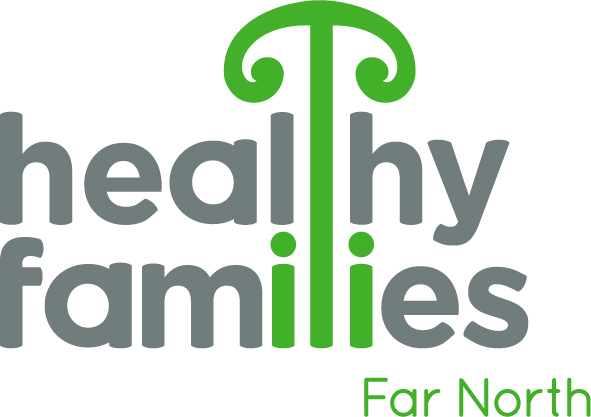LIVE
With over 7,000km2 of land, nine major harbours spanning over 2,000km of coastline and 56,000 people, the Far North District is a diverse and exciting part of Aotearoa. The communities that make up the district are dynamic and blessed with a rich cultural legacy to draw upon.
North
Te ara wairua, te rerenga wairua. The magical, mystical point that pierces two great bodies of water at the tip of Cape Reinga to propel us on our final journey back to Hawaiiki.
The North ward is home to 17,472 people spread over a largely rural land mass that is characterized by gloriously pristine beaches, picturesque harbours and accessible lakes that lend themselves to an imbedded culture of water pursuits.
Te Oneroa a Tōhē, 90 Mile Beach, spreads over 88 windswept kilometers from Ahipara in the south to Scott Point on the west coast; its counterpart coastline meanders through Parengarenga, Houhora, Rangaunu and Mangonui Harbours to reach the ward’s southern boundaries.
Kaitāia township is the wards economic heart and home to 4,887 people. Historically, the area saw the first influx of European settlement when a Mission Station was established in 1833. Today’s population also includes a strong contingent of Dalmatian descendants borne of their forebears who were attracted to the area for the gum-digging industry from the 1870s to the 1920s.
West
The Hokianga Harbour, yawning in the middle of the West ward, is of significant cultural, historical and social meaning to the people of Aotearoa as the landing place of our common ancestor, Kupe. Punctuated by small rural settlements, including Horeke, Kohukohu, Omapere, Opononi, Panguru and Rawene, the West ward is the Far North District in its most authentic and raw state.
Land use is largely employed for forestry, horticulture and farming (particularly beef and dairy farming) and the West ward is widely lauded for its hardiness, resilience and self-sufficiency in the face of geographical isolation.
The Kaikohe township and surrounds – population 4,113, of which 75% are of Māori ethnicity – serves as the ward’s service and shopping base and is home to the Ngawha geothermal field, the Far North District’s only underground power resource. Kawakawa, the heart of Ngāti Hine, is located 30km west, and aside from boasting three of the more interesting bridges in the district is renowned for its rail and coal-mining histories.
East
The economic and commercial strong arm of the Far North District, the East ward is home to 25,920 people who epitomise the duality of Māori-Pākehā relations in Aoteraoa. Touted as the birthplace of a nation, the East ward is most noted for the Waitangi Treaty Grounds, rigorous early European settlement history and New Zealand Wars sites of conflict.
A growing rural-residential area, the East ward has long been an important base for dairy farming, horticulture and viticulture, as the fertility of the eastern soils and sub-tropical climate are conducive to supporting food industries. Other booming sectors include the commercial fishing and tourism industries, which collectively capitalise on the area’s natural resources.
Aesthetically, the East ward is a jewel with the glittering Bay of Islands, lush native forests (including Mangonui, Omahuta, Opua, Puketi, Russell and Waitangi forests) and scenic waterfalls contributing to a breathtaking environment naturally engineered for exploration.
The Stats
66.4% of European ethnicity
44.5% of Māori ethnicity
27,858 dwellings
127 marae
63.8% of households with internet access
